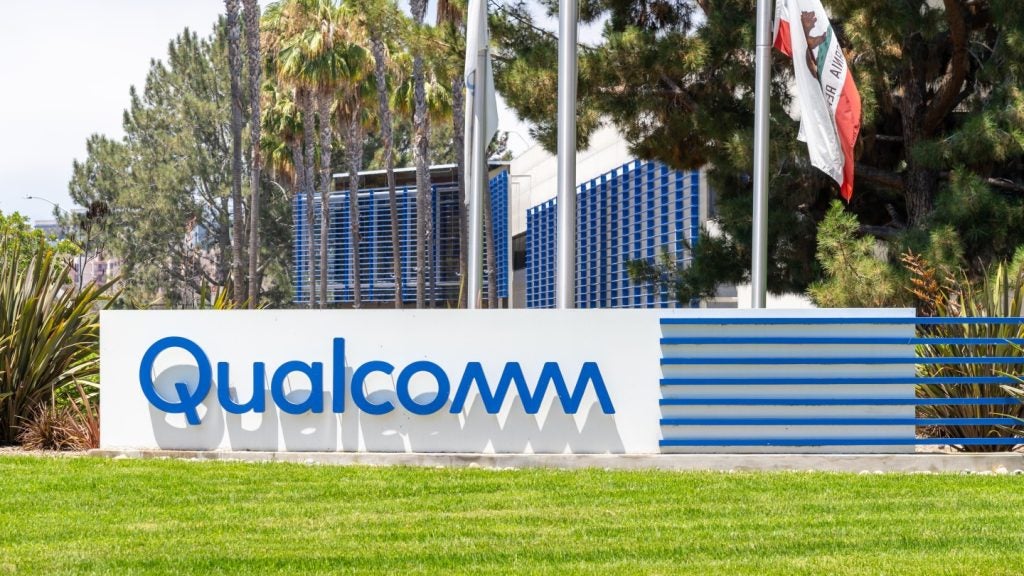
The semiconductor industry, which experienced a slowdown throughout 2022 and 2023, will return to growth in 2024, according to research company GlobalData.
Revenue within the semiconductor sector experienced a slowdown of 9.4% from 2022 to 2023, according to World Semiconductor Trade Statistics.
The slowdown was due to the cyclical nature of the industry, combined with supply chain disruptions, component shortages, the global economic downturn and geopolitical turmoil, according to GlobalData’s Tech, Media, & Telecom Predictions 2024 report.
Despite the slowdown and decline in revenue, demand for semiconductors has remained extremely high. GlobalData’s 2024 report cites Nvidia’s 100% year-on-year revenue growth in the last two reported quarters as evidence of the industry’s importance.
The research company believes the semiconductor industry will return to growth in 2024, as the rollout of new products at the end of the inventory correction drives semiconductor sales through 2024 and beyond.
Strong demand from endpoint device manufacturers and AI servers will ensure that the AI chips market experiences sustainable growth in 2024, according to the report.
The research company also believes that Nvidia will become less of a dominant force in the AI chip industry in 2024 due to rising competition in the sector.
Big Tech companies like Alphabet Amazon and Microsoft are also decreasing their reliance on Nvidia as they create their own AI chips, according to the report.
AI chip revenue will reach $130bn by 2030, according to the research company’s long-term forecasts.







